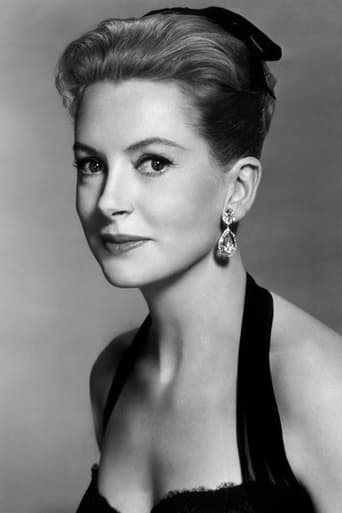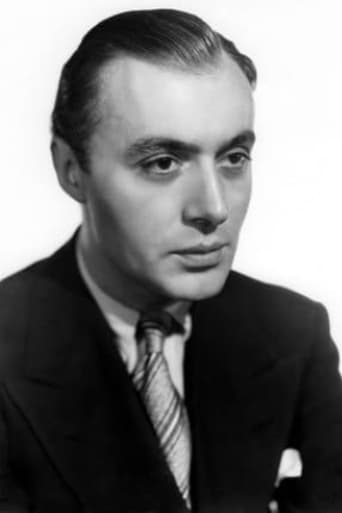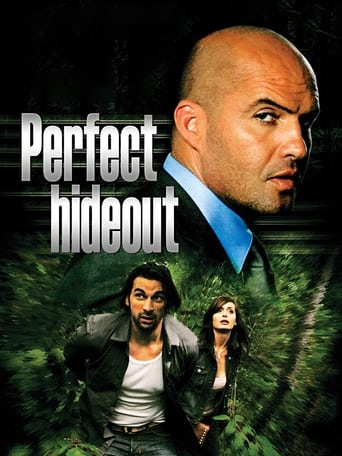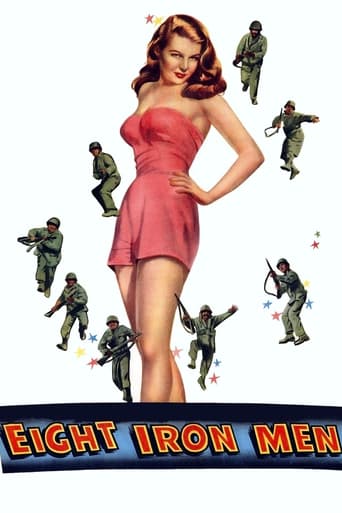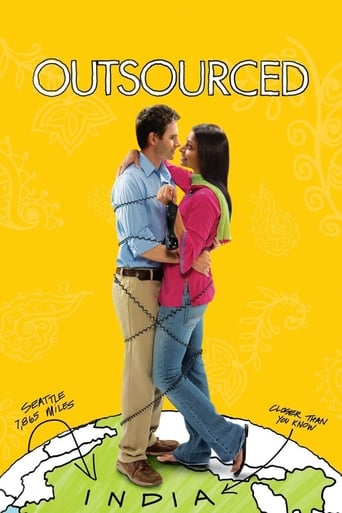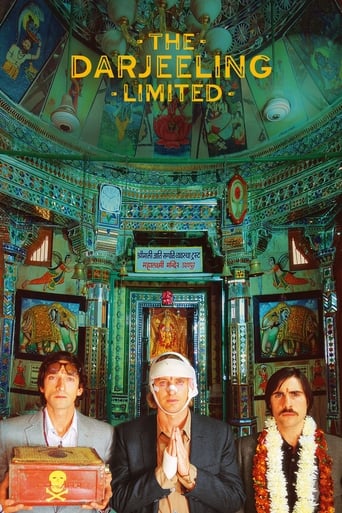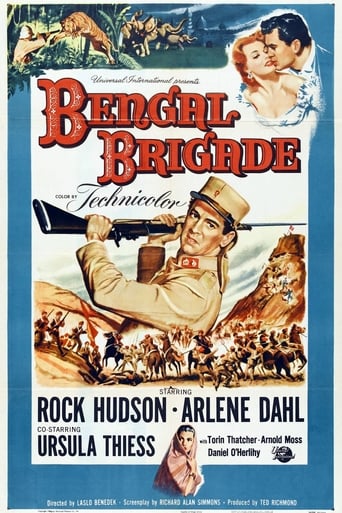

Thunder in the East (1953)
During India's first years of independence from Britain, Steve Gibbs lands his armaments loaded plane in Ghandahar province hoping to get rich. Pacifist Prime Minister Singh hopes to reach an agreement with guerilla leader Khan, the maharajah is a fool, and the British residents are living in the past. Steve's love interest is Joan Willoughby, the blind daughter of a parson.
Watch Trailer
Cast
Similar titles
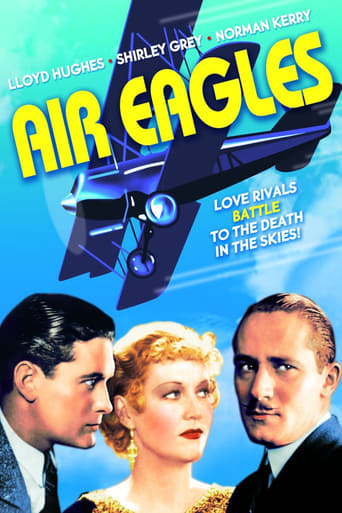

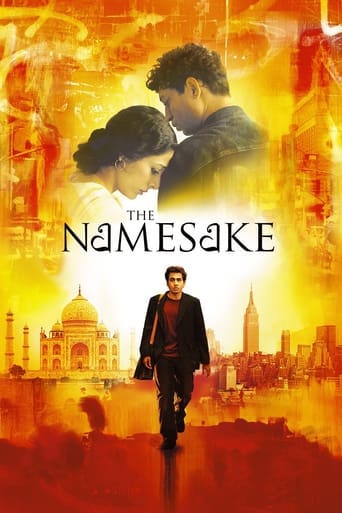
Reviews
Let's be realistic.
Excellent, a Must See
Unshakable, witty and deeply felt, the film will be paying emotional dividends for a long, long time.
The storyline feels a little thin and moth-eaten in parts but this sequel is plenty of fun.
Let's see. It's 1947 in India, and 1951 in Hollywood. Different time zones. The British troops have left India, and Gandahar state is under the leadership of a not entirely unbelievable Indian maharaja named Charles Boyer. Gandahar is surrounded by brigands who are about to attack. Alan Ladd, a brash entrepreneur, lands an airplane full of guns at Gandahar and offers to sell them to Boyer, but Boyer is a disciple of Mahatma Gandhi, who eschewed violence in all its forms. Boyer's principles are to be admired but he turns out to be wrong about the guns.So what is the message behind the rhetoric? Americans, the Commies are a threat to our democracy and nobody should be SOFT ON COMMUNISM. Sometimes war is the only answer.What we see is a crowded stage-bound Gandahar. Ladd bumps into the blind Deborah Kerr, or the other way round, and they dance in an Indian night club where the sitar sounds exactly like a guitar, to a melody blending romance and mystery that sounds exactly as if it were written for this movie by Hugo Friedhofer.Ladd is more animated than usual, though the role of money-grabbing rogue changing to a selfless hero is pretty much a cliché. Deborah Kerr is more interesting. She's very attractive and has a slight quaver in her voice that suggests uncertainty, politesse, and femininity. She's prim, a little wall eyes, and quite appealing. Boyer is actually passable as an Indian leader, except that his French accent turns "Bombay" into "Pompeii." There is, unfortunately, one of those colorful and mischievous native boys who latches on to Ladd and provides the dispensable cuteness.It has its longueurs but the tension in the plot increases as the threat from bandits is realized. For some reason, the movie ends in the middle of a shoot out and although both Boyer and Ladd advance with smiles, guns blazing, the end is problematic. Nice shots of a Lockheed Vega and a Grumman TBF.
"Thunder in the East" is a very rare film for Hollywood, as it concerns the turbulent time just after the British surrender of India in 1947. While the film never really explores the depth of the sectarian violence of the time (the northern part of India and East and West Pakistan became a bloodbath), it does talk about one small region in the north where the violence is headed--though the film fictionalizes this place and never discusses the religious divisions between Muslims and Hindus that led to the violence. But, at least it does discuss it--something oddly ignored in American films since an estimated 500,000 (or more--some estimates are much higher) were killed during this period. The transition from British to home rule was NOT a simple or bloodless process.The film begins with a pilot (Alan Ladd in his typical tough-guy role) landing in Ghandahar. He's not there on a mission of mercy--but to sell arms to the local government so they can beat off an anticipated attack by rebels. But, oddly, they are not particularly interested in the weapons and Ladd's quest for riches is frustrated. When he instead hopes to make money charging the Brits to leave in his plane, this plan also backfires and his plane is destroyed. What's to come of him, the locals and the British nationals? The film suffers from one huge problem as you watch---the Indian characters are NOT played by Indians but westerners (such as Charles Boyer and John Abbott). Now I understand that Hollywood did not have tons of Indians (the Asian type) readily available but couldn't they have used the ones they DID have available (such as Sabu) or imported some for the picture? This sort of silly ethnic casting was the norm at the time but seriously hurts the overall product. To me, it makes the film seem patronizing and false.Now if you can ignore this, how is the film otherwise? Is it entertaining? Well, it is...but Ladd pretty much plays the same grumbly, mercenary guy he played in most of his films. This guy in "Thunder in the East" is no Shane--just the usual grumpus who seems eternally perturbed and unable to smile. For Ladd fans (like myself), it is certainly a case of déjà vu despite the unusual setting--even with the romance between him and Deborah Kerr and his change of heart later in the film. Other folks NOT so familiar with Ladd would probably not notice this and would probably get more out of his somewhat stereotypical performance. The film is a decent drama nonetheless...and slightly better than just a time-passer--not that this is a glowing endorsement.By the way, during the 'payoff scene' (where Ladd decks a man), watch carefully. While the guy is NOT supposed to know that he's about to be slugged, you can clearly see the actor reacting BEFORE Ladd even delivers the punch! This shot should have been redone and is rather funny to see...but watch close! For a similar but even funnier mistake, see "North By Northwest" and pay close attention to the scene in the lodge near Mount Rushmore. A man is, completely unexpectedly, shot...yet an extra (some kid) has his fingers in his ears in anticipation of the gun firing!! I love seeing these sorts of goofs! And, by the way, in another Ladd film (the much better "Appointment With Danger"), Ladd also decks another guy (Jack Webb) in a similar fashion and the scene was done perfectly.
Paramount must have had some trepidations about Thunder in the East as it was made in 1949 and held up in release for three years. Nat King Cole recorded the theme from Thunder in the East, a song called The Ruby and the Pearl three years earlier. It's quite a beautiful ballad and perfectly suited for Cole's voice, it's the best thing to come out of this routine action film.Alan Ladd plays an arms dealer selling weaponry for the best price he can exact from the various sides in the Indian Civil War where the boundaries of India and Pakistan were settled in a lot of blood spilled. He's in Ghandahar province which has its rebel Moslem faction. He falls for Deborah Kerr the blind daughter of missionary Cecil Kellaway.Ladd's got a silly playboy maharajah in Charles Lung to deal with and a prime minister for Ghandahar who is a disciple of Gandhi's non-violence philosophy. Charles Boyer as the prime minister doesn't want the weapons, but the rebel Moslems want them if for no other reason than to keep them out of Hindu hands and if they can't buy them, they'll take them by whatever means necessary.The film tries to be a critique of Gandhi's non-violence code, but it doesn't rise above being an action/adventure story. The ending is a rather abrupt one and unconvincing. Still fans of the star players will probably like it.
I guess the 1952 audience was certainly not satisfied with the ending,which abruptly comes as the heroes are still in action. Ending a movie like that was not obvious at the time.The biggest flaw is French actor Charles Boyer,ridiculously made up as a Hindu.This character,a Gandhi disciple, puts forward wisdom,prayers,peace and love to cowardice and reactionary mind (the English) greed(Alan Ladd's character) , violence (his brothers ,the rebels),and complete irresponsibility (the caricature of a maharajah).He's the only positive character of the story along with the minister and his blind niece (Kerr).It's absolutely impossible to believe Boyer is an Indian ,mainly if you've seen him as a French lover!Besides,he finally demonstrates the opposite of what he stood up for . Ladd's evolution is predictable,from a greedy businessman to a hero (thanks to the blind girl of course).One should notice that Deborah Kerr is too great an actress to play such a poor part that would be suitable for a B movie starlet.Her intellectual playing does not match with down-to-earth Alan Ladd.The movie also suffers from a shoestring budget.Take George Cukor's "Bhowani junction"(1956) instead.
